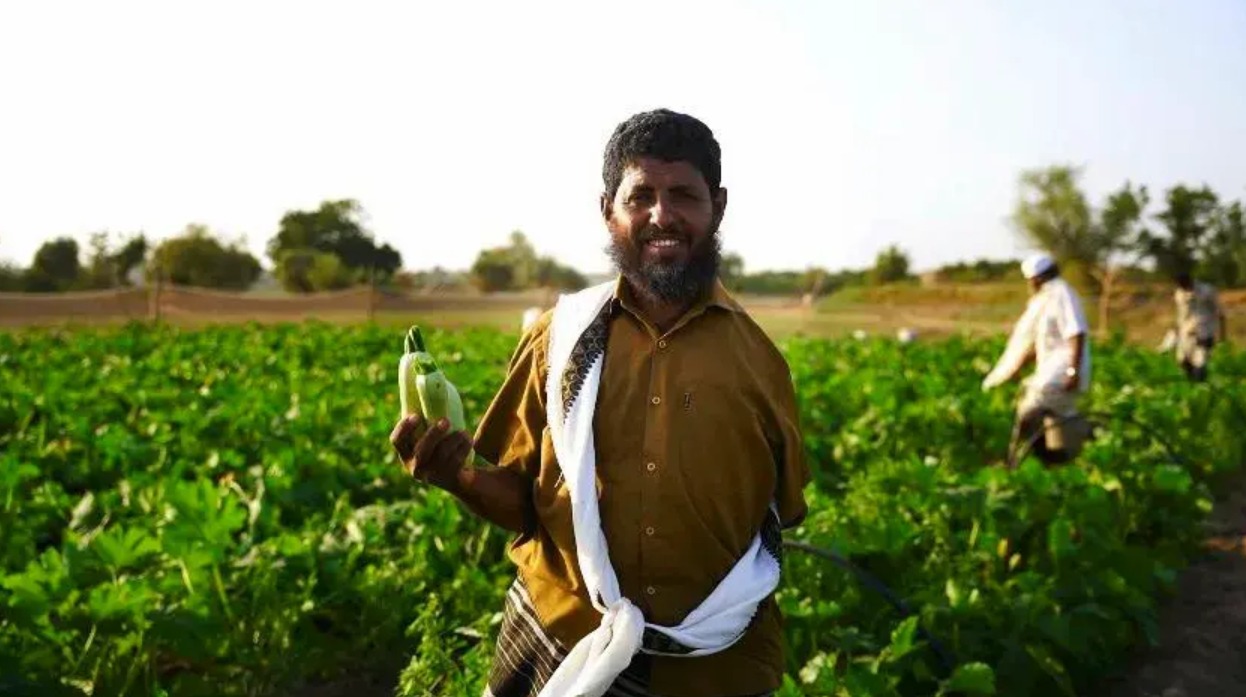
Barran Press
A field report released on Saturday, August 17th, 2024, revealed a concerning 38% decline in cultivated land area in Abyan Governorate, southern Yemen, between 2010 and 2022. This alarming trend has exacerbated the food security crisis in the region.
The report, authored by Dr. Hakmat Aboud and published by the Mukha Center for Studies, attributes the agricultural sector's decline to climate change and armed conflict. The report, reviewed by Bran Press, highlights the devastating impact of the armed conflict on agricultural production, citing widespread destruction of agricultural infrastructure and a decline in livestock production, further burdening local residents.
Despite the importance of Abyan's wadis (valleys) and water resources in supporting the agricultural sector, climate change has led to a decrease in water discharge in these wadis, negatively impacting crops. The report also addresses the fishing sector, a primary source of income for the population, which has also suffered from the deteriorating general conditions in the governorate.
The report concludes with a series of recommendations, including improved water resource management in the governorate, support for farmers to enhance crop yields, and strengthening the competitiveness of local agricultural products in the face of climate change. It also calls for the development of sustainable development programs to improve the economic and living conditions of local residents.
The report emphasizes the urgent need for immediate action by relevant authorities to address the challenges facing the agricultural sector in Abyan, ensuring the sustainability of this vital sector in supporting the local economy and achieving food security.
Abyan Governorate is one of Yemen's agricultural provinces severely affected by climate change and armed conflicts. The region witnessed clashes in 2011 between the government and the group known as "Ansar al-Sharia" and again in 2015 between the government and the Houthi group.
In 2010, Abyan's agricultural production area was estimated at approximately 60,684 hectares, out of a total of 1,579,855 hectares for the entire Republic of Yemen. The governorate's agricultural output accounted for about 5% of Yemen's total agricultural production, serving as a primary income source for the majority of the population, with 70% relying on agriculture for their livelihoods over the years.





